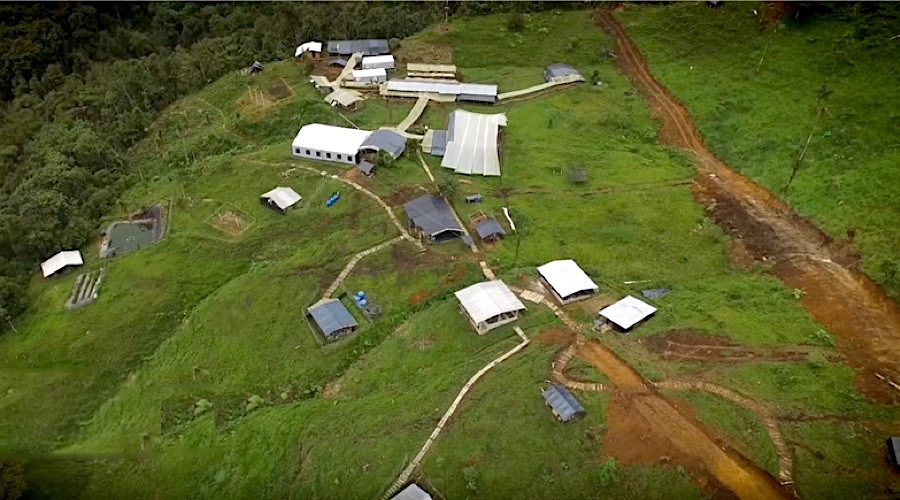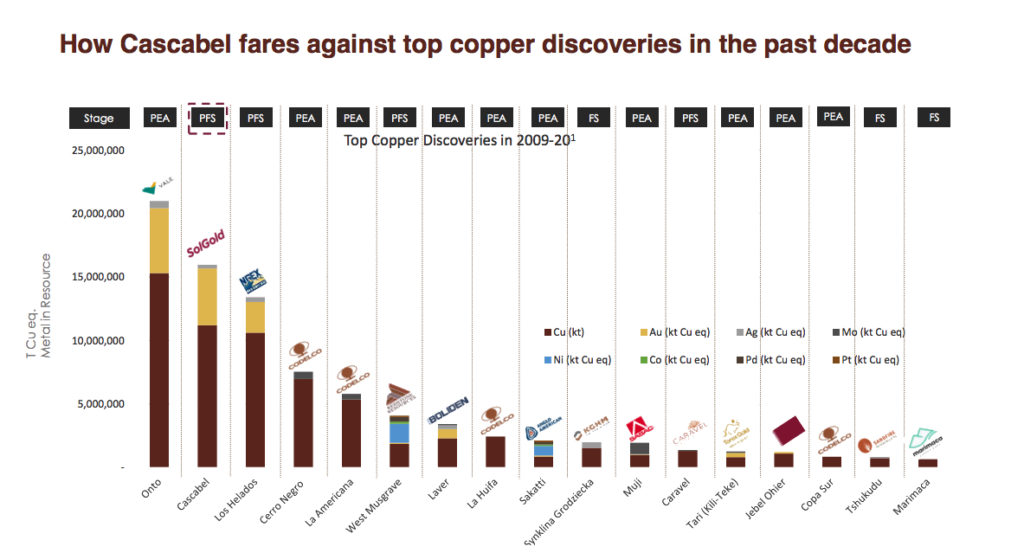SolGold delays pre-feasibility study for Cascabel copper project again

Shares in Ecuador-focused SolGold (LON, TSX: SOLG) fell on Tuesday on London and Toronto after the company announced it had decided to delay the release of the pre-feasibility study (PFS) for its flagship Cascabel copper-gold project in Ecuador.
The mining company said the delay will allow it to confirm various assumptions affecting the study, such as whether upside options should be incorporated.
It would also allow upcoming chief officer Darryl Cuzzubbo to settle into his position, SolGold said.
The company’s stock fell more than 11% in early trading in London on the news and was trading 6% lower to 23.5 pence by late afternoon, leaving the miner’s market capitalization at £576 million (about $770m).
In Toronto, SolGold’s shares opened 3.4% down, trading at 43 Canadian cents each.
The company said it would provide an update on when the PFS is expected to be completed at its annual general meeting on December 15.
It also said it had inked last week an agreement with the government of Ecuador, committing to invest a total of $430 million over the 10 years between 2013 and 2023 in exploration at Cascabel.
SolGold’s acting chief financial officer, Ingo Hofmaier, said on Tuesday the pact provided the company’s shareholders increased protection on their investment in Ecuador.
The world’s largest miner, BHP, (ASX, LON, NYSE: BHP) owns 14.7% of the company, and the prospects of a takeover are likely to increase once SolGold’s long-delayed pre-feasibility study is complete, experts say.
Sixth-largest copper mine
Ecuador’s Energy Ministry said in 2019 that it “could become the largest underground silver mine, third-largest gold and sixth-largest copper in the world.”
Alpala, the largest deposit found at the Cascabel concession so far, has measured and indicated resources of 2.7 billion tonnes grading 0.53% copper-equivalent (0.37% copper, 0.25 grams gold per tonne, and 1.08 parts per million silver) for 9.9 million tonnes of contained copper, 21.7 million oz. gold and 92.2 million oz. of silver.
Once developed, Cascabel is expected to produce an average of 150,000 tonnes of copper, 245,000 ounces of gold and 913,000 ounces of silver in concentrate per year during its 55-year life-of-mine.
Over the first 25 years of mining, the average annual production is expected to be 207,000 tonnes of copper, 438,000 ounces of gold and 1.4 million ounces of silver.

BHP has reportedly been pushing to put SolGold’s entire board up for re-election at the AGM, which is scheduled in December.
Chairman Liam Twigger recently proposed that to maintain stability at the company, only three of the directors who did not stand for re-election last year, and the company’s new CEO, would face a vote at the shareholder meeting. The six other board members, including Mather, who were re-elected last year would not.
Ecuador has gained ground as a mining investment destination over the past two years, but opposition to the extraction of the country’s resources could thwart the government’s plan to attract $3.7 billion in mining investments by next year.
Last year, mining in Ecuador generated $810 million in exports, $430 million in taxes and $374 million in foreign direct investment.
More News
Gold retreats from record as traders brace for Trump’s tariffs
Traders are on edge as Trump plans to announce sweeping levies on all of America’s trading partners on Wednesday, raising the risks of retaliatory measures.
April 01, 2025 | 12:58 pm
Global battery market entering new phase with high demand, low prices – IEA
According to the IEA, global battery demand reached a historic milestone of 1 terawatt-hours last year, with annual electric car sales rising by 25% to 17 million.
April 01, 2025 | 10:45 am
{{ commodity.name }}
{{ post.title }}
{{ post.excerpt }}
{{ post.date }}



Comments